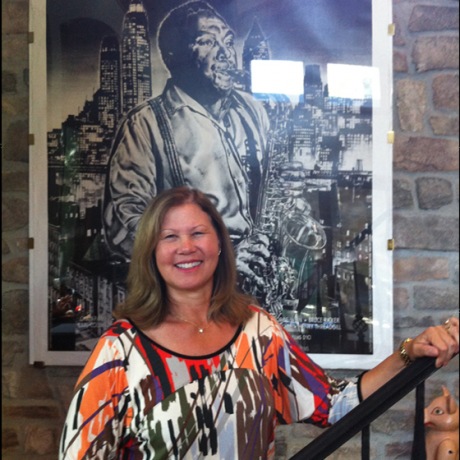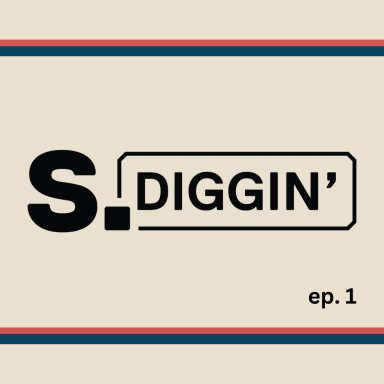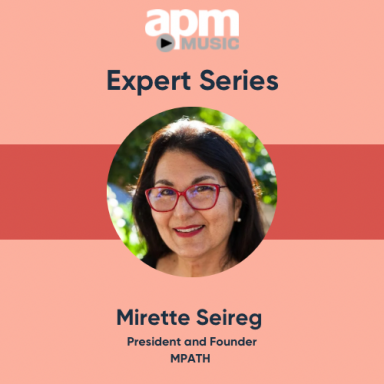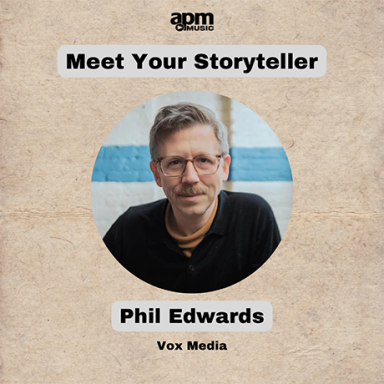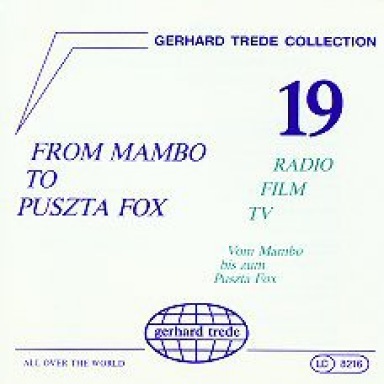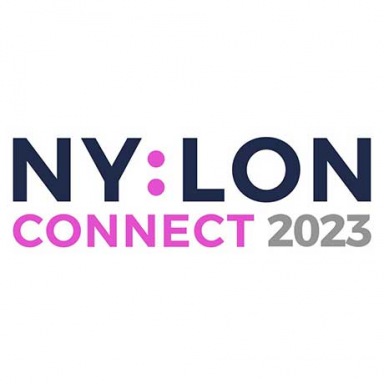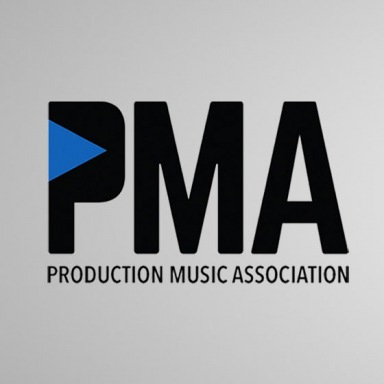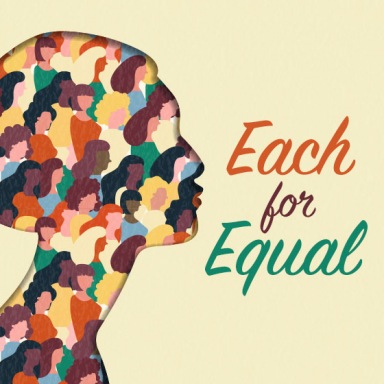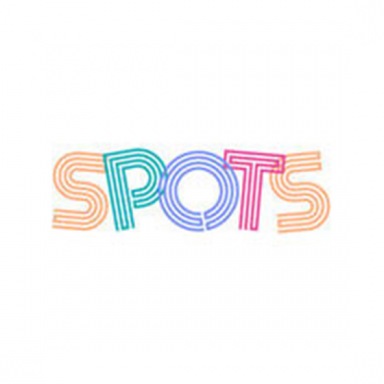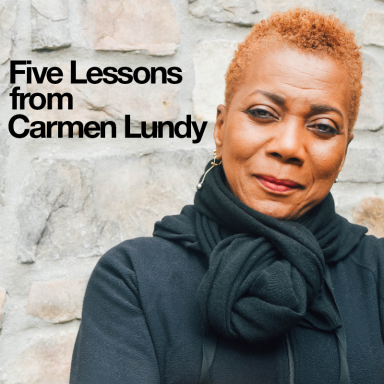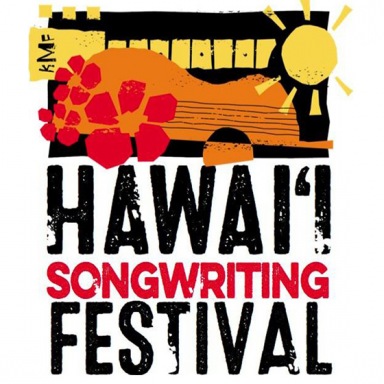Elisabeth Oei - 20 Years with Sonoton
APM Music recently caught up with Elisabeth Oei, Sonoton Director, about her 20 years with Sonoton. Read on for some history, little-known Sonoton facts, unique backstories on albums and so much more!
>>> View a guided tour through some of Elisabeth's favorite and fun Sonoton production experiences
>Launch APM Search to hear more versions of these tracks
1. How did you get connected with Sonoton?
Through APM. I started in sales at APM in 1989, and through that work, got to meet the Narholz' and be introduced to Sonoton. I had, of course, been licensing their music already. It turned out to be a match made in heaven!
2. What were you doing before Sonoton?
APM sales. Prior to that, music supervision for Roger Corman’s Horizon Studios in Venice, CA, where I had the occasion to use APM music.
3. What made you want to get into the music industry?
Always have been, always will be! I realized my love for music extended beyond my opera singing career and experience (yes, really). I then worked for Warner Records Group and Dick Asher in NY, then PolyGram Music, and so on, so I definitely got the bug.
4. What was the first album you worked on for Sonoton?
Some of the first American writers to write for Sonoton were Rich Samalin and Chris Hajian, SCD 72 - Think Positive. Also, Jeff Kidwell, SCD 96 - Winning in Politics. But the first production I was involved in and produced was probably Paul Lenart’s Blues CDs – SCD 134, 135, 136. And it’s been dozens and dozens ever since, with amazing composers!
5. If you weren’t in the music industry, what industry would you be in?
I’d be floundering about on some island with dolphins I guess.
6. What is your favorite movie soundtrack?
Anything by Ennio Morricone or Elmer Bernstein. If I had to pick one, maybe Bernstein’s Far From Heaven in 2002.
7. What are one or two of the biggest changes you have seen in production music in the last 20 years?
Search programs and the influence of technology in library music. Delivery of music is the single most dramatic change, and it’s still evolving. At Sonoton, we went from the 5 ¼” floppy disc in the 90s to a CD ROM to a DVD, and now of course everything is available digitally online. We were also pioneers in commissioning American writers and producers for the library. No foreign library was doing that before Sonoton. At this point, almost 50% of composers are from the U.S. and Canada who are represented in Sonoton.
8. What is the craziest request you have received at Sonoton?
"Rap City in Blue!" Oh, and an orchestral piece by "Rock Manoff."
9. What are some unique changes at Sonoton over the last 10 years?
The search program Sonofind for sure. Building a 5.1 surround studio in Germany. Pioneers once again, but unfortunately, some of those innovations didn’t translate to the library user.
10. What are some exciting things to look forward to over the next couple of years via Sonoton?
More music, music and music! Sometimes with all the latest technology and search engines and websites, we forget about the most important element – the Music. Sonoton has over 2000 composers – yes, that’s not a typo – 2000. And each one is eager to write more music for Sonoton. There are more composers than I can commission, sadly!
11. Which is better, Toast or Muffins?
Toast! No, muffins. Is this a trick question?
12. What is the silliest interview question you have ever been asked?
Toast or muffins.
13. If you were to cast a big star to play you in your life story , who would that star be?
Hah! Now that’s a trick question!
14. What advice do you offer to aspiring composers looking to get into the production music industry?
Feel passionate about your music, and only submit music that has your unique stamp and authentic sound and signature.
15. How did Sonoton get its name?
It’s made up – the sounds seemed to work.
16. Do you play any instruments?
A little piano, a little violin, some drums – all badly. But I have tons of instruments in my home, and I like to look at them all. Just look.
17. How are albums themes/styles selected before they are produced?
Just about every CD is produced based on comments from clients and music directors who hear from clients. We always strive to provide music that is both timely and absolutely needed in the marketplace. We also like to pride ourselves on being visionary and trend-setting with musical styles and sounds.
18. What is the typical process of an album created for Sonoton from inception to release?
We generally agree on the concept, then agree to a budget, and then I find the composers and writers who can best create that music most authentically. I like the composers to do their thing, so I try not to get in the way of the actual writing and recording process, other than listening to the rough mixes to make sure we’re all on the same track. The composers title their tracks, write the descriptions, do the edits and versions – it’s a complete process for them. That’s what makes it so appealing to the writers – they have full control over their projects, and I think it shows in the final result. Of course, Sonoton in Germany does the final mastering, which pulls the production together as only a library such as Sonoton can do with its impeccable standards.
19. Obviously, you and Gerhard and Heidi Narholz are a great team – you’ve been together for 20 years. How would you describe your relationship?
We are like a family. And a not too dysfunctional one at that! Gerhard and Heidi are 2 of the most loyal, honest and ethical people you’ll ever meet, and those qualities are inherent in making a relationship like this work.
20. How often do you see them?
I see them at least twice a year, in the States or in Europe, and I value and treasure my time with them. We were the ones to first visit clients personally, traveling to multiple cities in the U.S. and then Canada. I’m honored to call them my dear friends.
>Launch APM Search and listen to some of Elisabeth's favorite Sonoton tracks!

